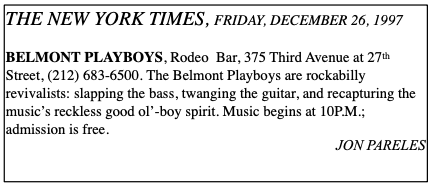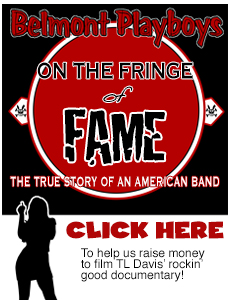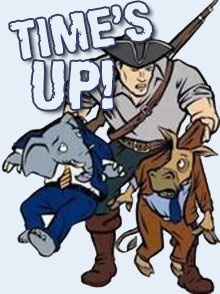Git-fiddlin’
A fascinating list of the most expensive guitars EVAR, including this one.
5. Reach Out to Asia Fender Stratocaster
Sold: Qatar, 2005
Price: $2,700,000Unique here in that it was never owned by a superstar, the Reach Out to Asia Strat was auctioned for victims of the 2004 Indian Ocean tsunami.
It was a humble Mexican Standard Stratocaster bearing the signatures of Mick Jagger, Keith Richards, Eric Clapton, Brian May, Jimmy Page, David Gilmour, Jeff Beck, Pete Townsend, Mark Knopfler, Ray Davies, Liam Gallagher, Ronnie Wood, Tony Iommi, Angus and Malcolm Young, Paul McCartney, Sting, Ritchie Blackmore, Def Leppard and Bryan Adams.
New made-in-Mexico Strats sold for around $350 in 2005, making this objectively the most overpriced axe of all time.
If 2 million seven sounds a tad extravagant to ya, believe me, you ain’t seen nothin’ yet.
One of the very best Strats I ever did own was a Mexi-Strat, a Wayne’s World model, incredible as it may seem. Hard as I tried to be one, as desperately as I wanted to be one my whole life, I just never could master the Stratocaster. Me, I’m way more of a Gibson guy, myself. That said, enjoy this vidya of little ol’ moi bashing away on the best guitar I ever did own: a heavily-customized and -tweaked Sam Ash house-brand copy of the grand old Gibson ES5 box, playing a song I’d completely forgotten I wrote until I ran across this h’yar vid just recently.
Good times, good times.
Update! One of the aforementioned tweaks was the replacement of the “master tone” knob, which is pure-tee uselessness defined, with a master volume, which is anything but. The guitar came stock with a volume control for each pickup, which was also extremely useful, but no pickup selector switch, which elevated the master-volume from being merely useful, to damned critical: you needed a way to cut the danged thing off between songs onstage, lest you get either that annoying 40-cycle hum single coil pickups are infamous for, or outright squalling feedback should you be bold enough to remove your damping-hand from the strings for a micro-millisecond, and a quick swipe of that master-volume accomplished that nicely.





















 - Entries
- Entries
Latest Comments